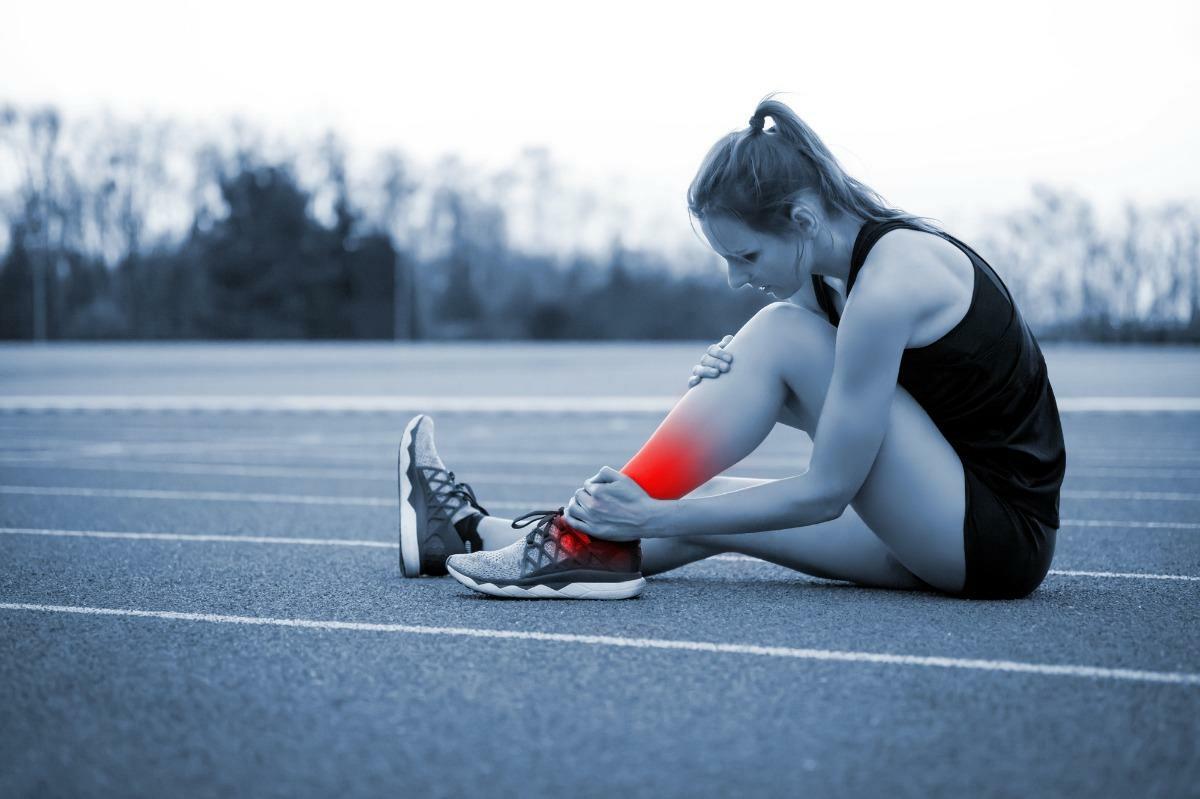Sports Medicine
We offer expert sports medicine services tailored to athletes and active individuals of all levels. Whether you’re recovering from an injury, managing a chronic condition, or aiming to improve performance, our team of sports medicine specialists is here to help you return to the activities you love, stronger and safer. We provide a comprehensive range of in-office procedures designed to treat and manage both acute and chronic musculoskeletal conditions with precision and care.
Our staff of sports medicine specialists provides the following office procedures:
- Joint Aspiration – Performed under local anesthesia, joint aspiration involves removing fluid from a joint. Removing excess fluid from a swollen joint (joint effusion) often relieves pain and improves mobility.
- Joint Injection – Administered under local anesthesia, joint injections (e.g., corticosteroids, hyaluronic acid) are used to treat inflammatory joint conditions such as osteoarthritis, tendonitis, bursitis, rheumatoid arthritis, and gout.
- Tendon/Ligament Injections – These injections support the healing of collagen-based connective tissues such as tendons and ligaments following injury.
- Trigger Point Injections – Cortisone or similar agents are injected directly into painful trigger points in joints or muscles to reduce inflammation and relieve pain.
- Nerve Hydrodissection – A precise procedure used to relieve nerve entrapments, including conditions like carpal tunnel syndrome.
- Steroid Injections – Also known as cortisone shots, these are a common treatment for inflammation affecting tendons, bursae, and joints.
- Splinting, Casting, Functional Bracing – We offer various supportive options to stabilize injuries and promote healing, including splints, casts, and functional braces.




